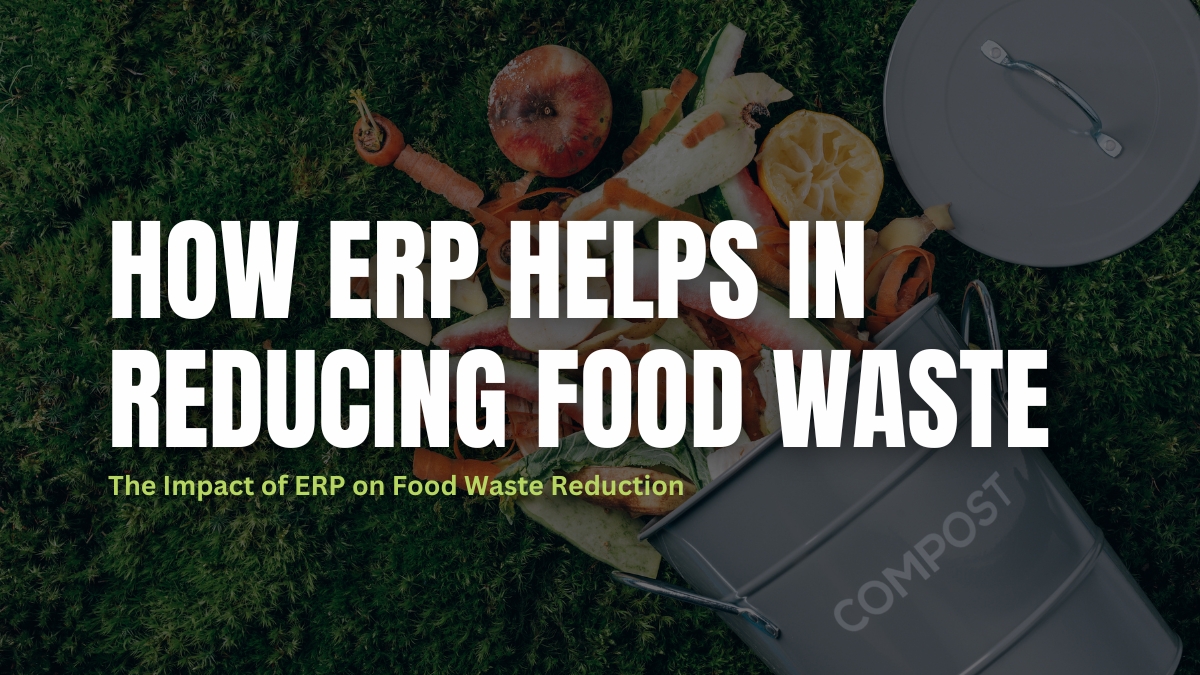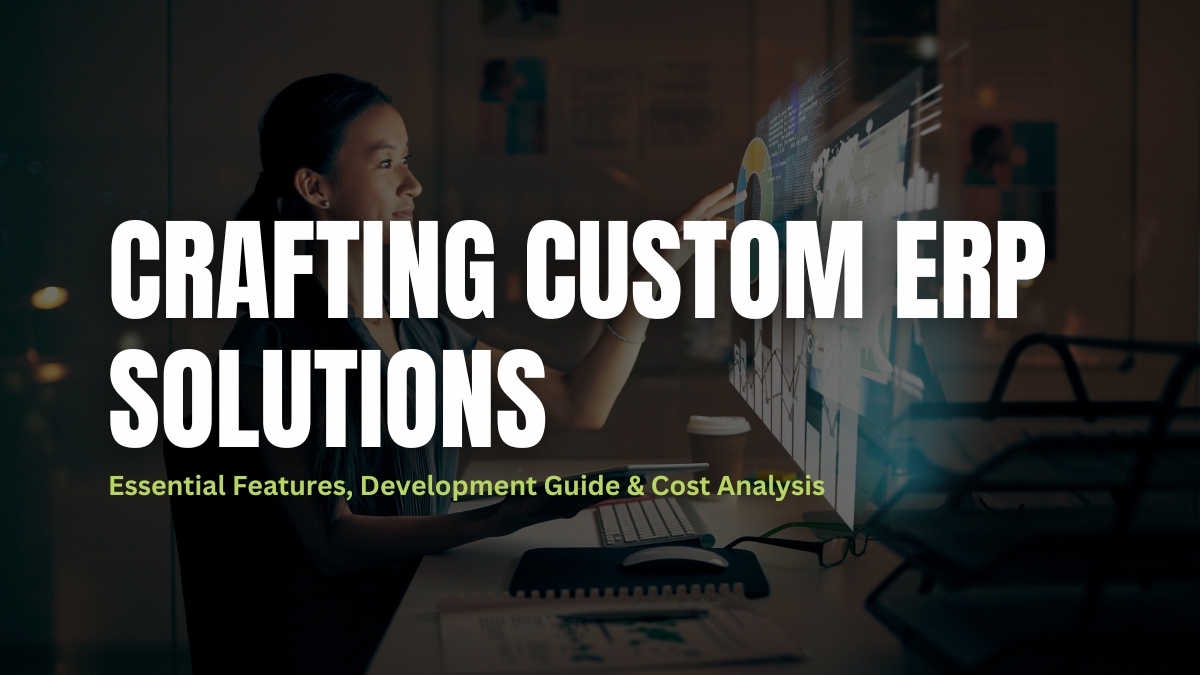In today’s blog, we get to learn how an ERP helps in reducing waste. In the quickly changing food sector, cutting waste has become a major concern. Food waste significantly impacts a company’s profitability; furthermore, it directly influences its environmental footprint. Now, more than ever, there is a greater need for practical solutions. Using enterprise resource planning (ERP) software is one such solution. ERP systems are revolutionizing business operations by increasing their sustainability and efficiency. One example of this is Quarto ERP, a top ERP software in India. Food waste is a major problem in the food industry, and these methods are very good at solving it. We’ll explore how Quarto ERP helps companies cut down on food waste in this article.
Several factors contribute to food wastage:
Lack of Appropriate Planning:
Sometimes, people purchase lots of food without appropriately planning how and when they will prepare it for consumption.
Purchase and Preparation of Excess Food:
In many cases, we waste food by purchasing, preparing, or serving more than we need.
Errors in Industrial Processing and Keeping up With Food Safety Policies:
The food safety protocols give no room for error in industrial processing or any other compromise that diminishes the final food product quality.
How Quarto ERP Reduces Food Wastage:
Streamlining Production
The Bill of Materials (BOM), an extensive list that specifies the materials, parts, and subassemblies needed for a product, is the foundation of any manufacturing process. Using Quarto ERP solutions, businesses can design, oversee, and maximize their BOM. This promotes a streamlined production process by guaranteeing that the appropriate resources are sourced, monitored, and used at every stage. ERP, for instance, can be used by a food manufacturer to develop a thorough BOM for a novel food product. By assisting in determining the precise amounts of ingredients required, the system expedites the purchasing procedure and reduces waste.
Efficient Inventory Management
In the food sector, waste prevention is largely dependent on effective inventory management. With the real-time visibility into stock levels that Quarto ERP systems offer, firms may optimize inventory, lower carrying costs, and avoid shortages and overages.
Production Planning and Scheduling
By accounting for variables like resource availability, lead times, and demand fluctuations, Quarto ERP systems allow for accurate production planning and scheduling. These systems enable a thorough strategy to guarantee precise and effective production procedures. This minimizes overproduction and food waste by ensuring that manufacturing operations are in line with organizational capabilities and market demands.
Quality Assurance
In the food industry, maintaining product quality is non-negotiable. ERP systems facilitate real-time monitoring, defect tracking, and adherence to industry standards by integrating quality control processes into the manufacturing process. For instance, ERP can be utilized by the food industry to enforce stringent quality control procedures throughout the production process. By diligently monitoring every step, from raw material inspection to final product testing, the system ensures compliance with regulatory requirements. Consequently, this significantly lowers the possibility of producing subpar products that would otherwise lead to waste.
Conclusion
In conclusion, it’s clear to see that food waste reduction is greatly aided by ERP systems such as Quarto ERP. They reduce waste by improving inventory control, streamlining manufacturing, facilitating effective production planning, and guaranteeing quality assurance. The above mentioned 4 steps are only a handful of ways of How ERP Helps in Reducing Food Waste. As we look to the future, it’s evident that ERP systems will play an ever-more-important role in helping organizations achieve their sustainability goals, provided they continue to value sustainability.
If you’re interested in learning more about how Quarto ERP can assist your business in reducing food waste, don’t hesitate to request a demo from us. Let’s work together to create a more sustainable future for all.



